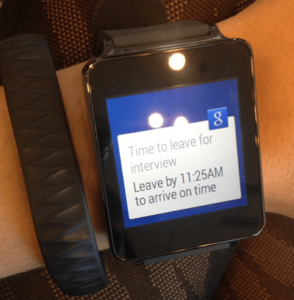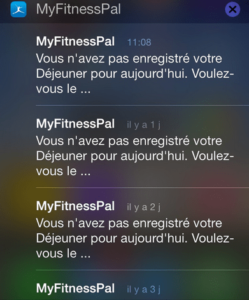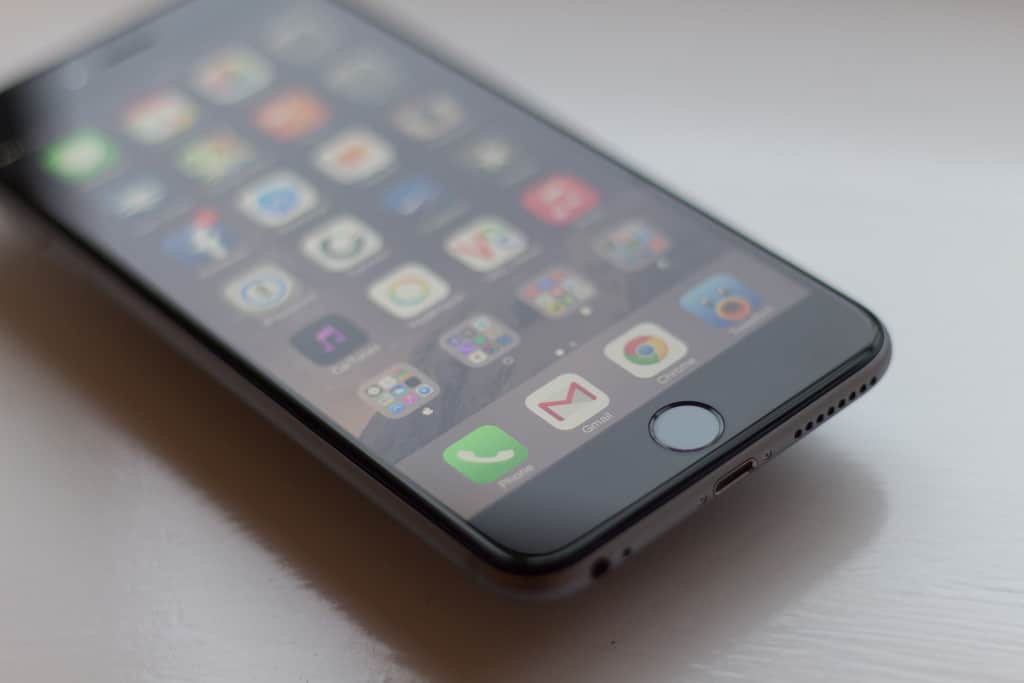Nir’s Note: This post was co-authored with Ximena Vengoechea. Ximena is a design researcher at Twitter and will be speaking at this year’s Habit Summit.
In his famed experiments, Ivan Pavlov trained his dogs to associate mealtime with the ring of a bell. Pavlov found he could elicit an involuntary physical response in his dogs with a simple jingle. Every time his bell rang, the dogs began to salivate.
Today, the beeps, buzzes, rings, flags, pushes, and pings blasting from our phones prompt a similar response. They are the Pavlovian bell of the 21st century and they get us to check our tech incessantly.
However, as powerful as these psychological cues are, people are not drooling dogs. Your product’s users can easily uninstall or turn off notifications that annoy them.
What makes an effective psychological trigger?
How can you be sure that the notifications you’re sending are welcome and lead to higher engagement instead of driving users away? Below are a few tenets of notifications that engage users, instead of alienating them.
1 – Good Triggers are Well Timed
Great apps create an instantaneous link between an emotional itch and the salve the service provides. To create this mental connection, effective messages are thoughtfully timed. There are two kinds of triggers, as described in Nir’s book, Hooked: How to Build Habit-Forming Products.
External triggers:
An external trigger is a cue in the user’s environment that provides information for what to do next. A button telling the user to “click here,” “tweet this,” or “play now,” are all examples of external triggers.
Internal triggers:
An internal trigger, on the other hand, relies upon associations in the user’s mind to prompt actions. The most frequent internal triggers are emotions. When we’re feeling lonely, we check Facebook. When we’re uncertain, we Google. When we’re bored, we watch YouTube videos, check Reddit or scroll Pinterest.
Habit-forming products align the external trigger (a push notifications for example) with the moment when the internal trigger is felt (say the feeling of uncertainty or boredom).
The closer the timing of the external trigger is with the internal trigger, the sooner the association is formed.
For instance, imagine you have a connecting flight and only forty minutes to spare. As soon as you land, you’re worried about which gate to go to next and how long it will take you to get there.
You turn your phone off airplane mode and voilà: there’s a notification from your airline with all the right information.
Your boarding time, gate number, and whether your departure is on time, are presented at the moment you’re most likely to feel anxious. Now you can get to your next connection without having to frantically scan one of the terminal’s crowded departure screens.
By providing information at the moment the user is likely to need it, the app builds credibility, trust, and loyalty.
2 – Effective Triggers are Actionable
Good triggers prompt action while vague or irrelevant messages annoy users. It’s important that a trigger cue a specific, simple behavior.
For instance, notifications from Whatsapp make it easy for users to check the latest update on a thread and respond accordingly. Their notifications are simple, focused, and instruct the user what to do next.
The intended action prompted by the notification can also occur outside the app itself. Google Now tells users when to leave for an appointment based on what it knows about their location, traffic conditions, and mode of transport. Google Now can tell the user: “Leave by 11:25 am to arrive on time.”

Google Now sends actionable notifications.
3 – A Good Trigger Sparks Intrigue
A bit of curiosity goes a long way when it comes to prompting specific, intended actions.
Triggers entice users to swipe to learn more when there’s some mystery regarding what they might find if they do.
Timehop, for instance, sends a cheeky notification reading, “No way, was that really you?,” and prompting the users to open the app. To see the photo, users need to simply swipe. It helps that Timehop’s messaging is lightweight and humorous enough to be out of the ordinary.

Timehop prompts intrigue with its notifications.
Of course, if Timehop used the same copy everyday, their notifications would prove less compelling over time. Variability stimulates curiosity, and can make a notification worth checking.
The element of surprise or a bit of the unexpected can make users more likely to respond to a notification so don’t send the same notification again and again.

Don’t send the same message again and again.
Building for the Ping
All of us experience the annoyances of poorly designed notifications and triggers.
Irrelevant, ill timed, or repetitive triggers grate on us like fingernails on a chalkboard.
The worst offenders bare the wrath of fickle users who stop using, unsubscribe, or uninstall products that don’t respect the rules of building good triggers.
By integrating thoughtful, interesting, and actionable triggers that are closely coupled with users’ deeper needs, designers can build notifications that people look forward to engaging with.
Photo Credit: William Hook
Note: Ximena and Nir will be speaking about designing engaging products at this year’s Habit Summit.
Related Articles
- Schedule Maker: a Google Sheet to Plan Your Week
- Cancel the New York Times? Good Luck Battling “Dark Patterns”
- How to Start a Career in Behavioral Design
- A Free Course on User Behavior
- User Investment: Make Your Users Do the Work
- Variable Rewards: Want To Hook Users? Drive Them Crazy
- The Hooked Model: How to Manufacture Desire in 4 Steps

